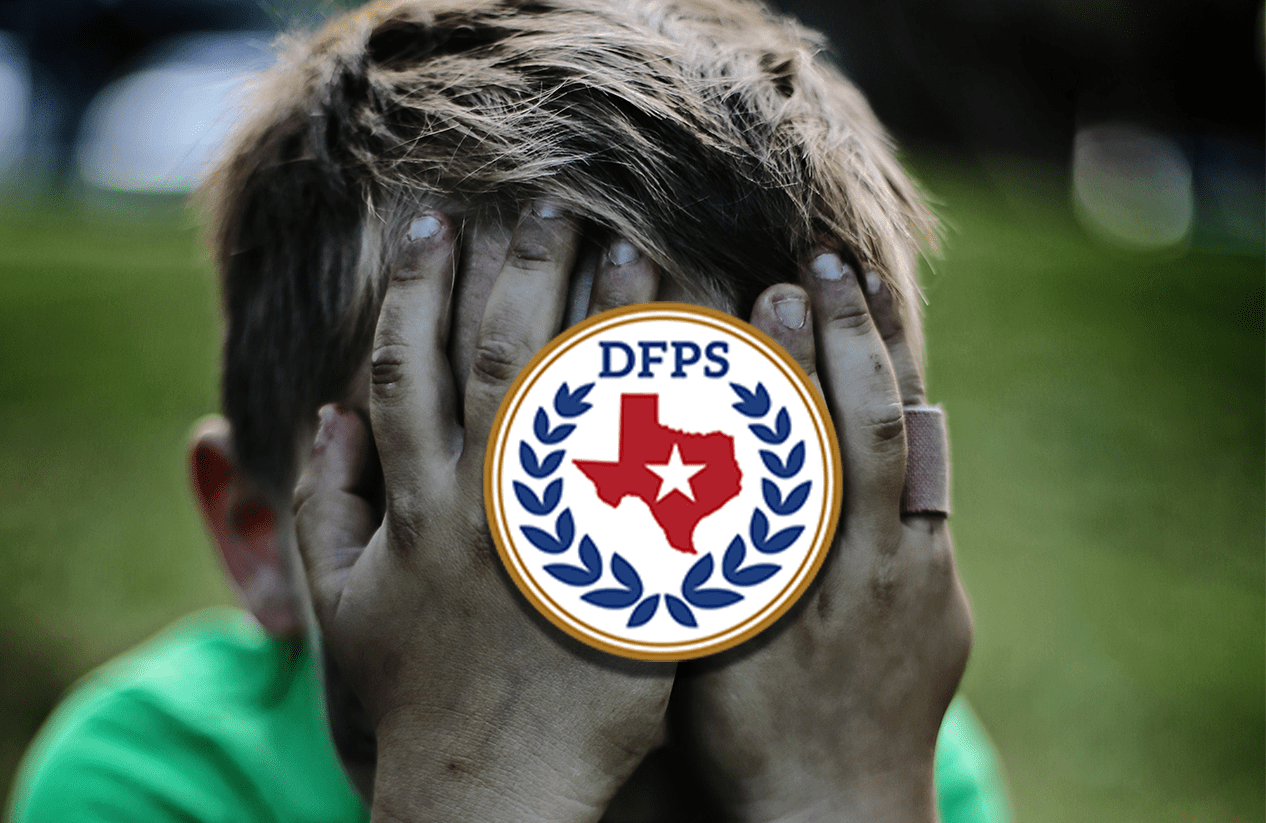For years, Texas Republicans have been campaigning on limiting the growth of government and providing tax relief for Texans. But despite controlling the state for nearly a quarter century, Republicans leaders have failed to pass a strong spending limit that protects taxpayers.
Even worse, this past legislative session they worked with Democrats to pass a bloated budget that grows the size of government by more than 12 percent—a substantial increase beyond the growth of the state of Texas or her citizens’ ability to pay.
But what happened to those trying to limit the growth of state government this session? Did they succeed? If not, who stopped them from doing so?
The answers to those questions are here in this autopsy report.
For clarity’s sake, let’s begin by reviewing the two existing limitations on state spending:
- The Pay-As-You-Go Limit
Approved by Texas voters on November 3, 1942, the “Pay-As-You-Go-Limit” requires that for any state appropriation made, there must be enough money available in that particular account—preventing the state from generating budget deficits. It’s really only good for that purpose.
- The Spending Limit
Approved by Texas voters on November 7, 1978, the state constitution’s spending limit restrains the rate of growth in appropriations from one biennium to the next. Specifically, the amendment states, “In no biennium shall the rate of growth of appropriations from state tax revenues not dedicated by this constitution exceed the estimated rate of growth of the state’s economy. The legislature shall provide by general law procedures to implement this section.” It’s this limit that actually impacts the state.
Since that language was approved in 1978, Texas has had a spending limit, but an ineffective one.
The first problem is that the spending limit only applies to non-constitutionally dedicated general revenue (in other words, only half the budget).
The second problem stems from the fact that “the estimated rate of growth of the state’s economy” is not explicitly defined. Instead, the power to define it is vested in the Texas Legislature—a legal equivalent of allowing the foxes to guard the henhouse.
Speaking of those foxes, seven years later, in 1985, the Texas Legislature chose the ones it wanted to stand post: the Legislative Budget Board, which is comprised of the lieutenant governor and the speaker of the house, who each appoint four additional members.
At the same time, the LBB was charged with determining the estimated rate of growth of the state’s economy by “dividing the estimated Texas total personal income for the next biennium by the estimated Texas total personal income for the current biennium.”
However, projected personal income growth is a poor metric for limiting government spending. Instead, conservatives have argued the state should reform that definition and replace it with the combination of population and inflation—and apply it to the entirety of the state budget.
That’s exactly what lawmakers have been trying to do for nearly a decade—trying, but being stopped by liberal Republicans working with Democrats to scuttle the measure.
Such was the case in 2015 when legislation carried by State Sen. Kelly Hancock (R–North Richland Hills) was gutted in the Texas House by then-Appropriations Chairman John Otto (R–Dayton).
A similar situation occurred in the regular session of 2017 when Hancock again passed the legislation out of the Texas Senate only to have it die without a hearing in the House Appropriations Committee chaired by John Zerwas (R–Richmond).
In the special session, however, lawmakers were successful in getting a strong measure out of Zerwas’s committee and to the floor for a vote. Carried in the Texas House by the chairman of the Republican Caucus, Tan Parker (Flower Mound), many expected the measure to pass; however, it was killed on a Democrat point of order.
Though Parker attempted to overrule the decision of House Speaker Joe Straus to kill the bill, a small number of Republicans joined forces with Democrats to finally defeat the spending limit.
In 2019, with House Speaker Dennis Bonnen (R–Angleton) promising to allow Republicans to work through the process, many hoped the legislation would pass. They were wrong.
The measure’s defeat this year was much less eventful. As was the case in the regular session of 2017, State Sen. Kelly Hancock was successful in passing the measure out of the Texas Senate, but the bill was once again killed in John Zerwas’s Appropriations Committee without even receiving a hearing.
Texans are right to be frustrated that those who were elected on promises to limit the size and scope of government have thus far refused to keep their pledge to do so, and have instead worked with Democrats to grow the size of government and kill efforts to rein in spending.
However, as long as Zerwas is the chair of the Appropriations Committee and has the power to kill the measure, it is hard to imagine any real limit to state spending making it to Gov. Greg Abbott’s desk.





